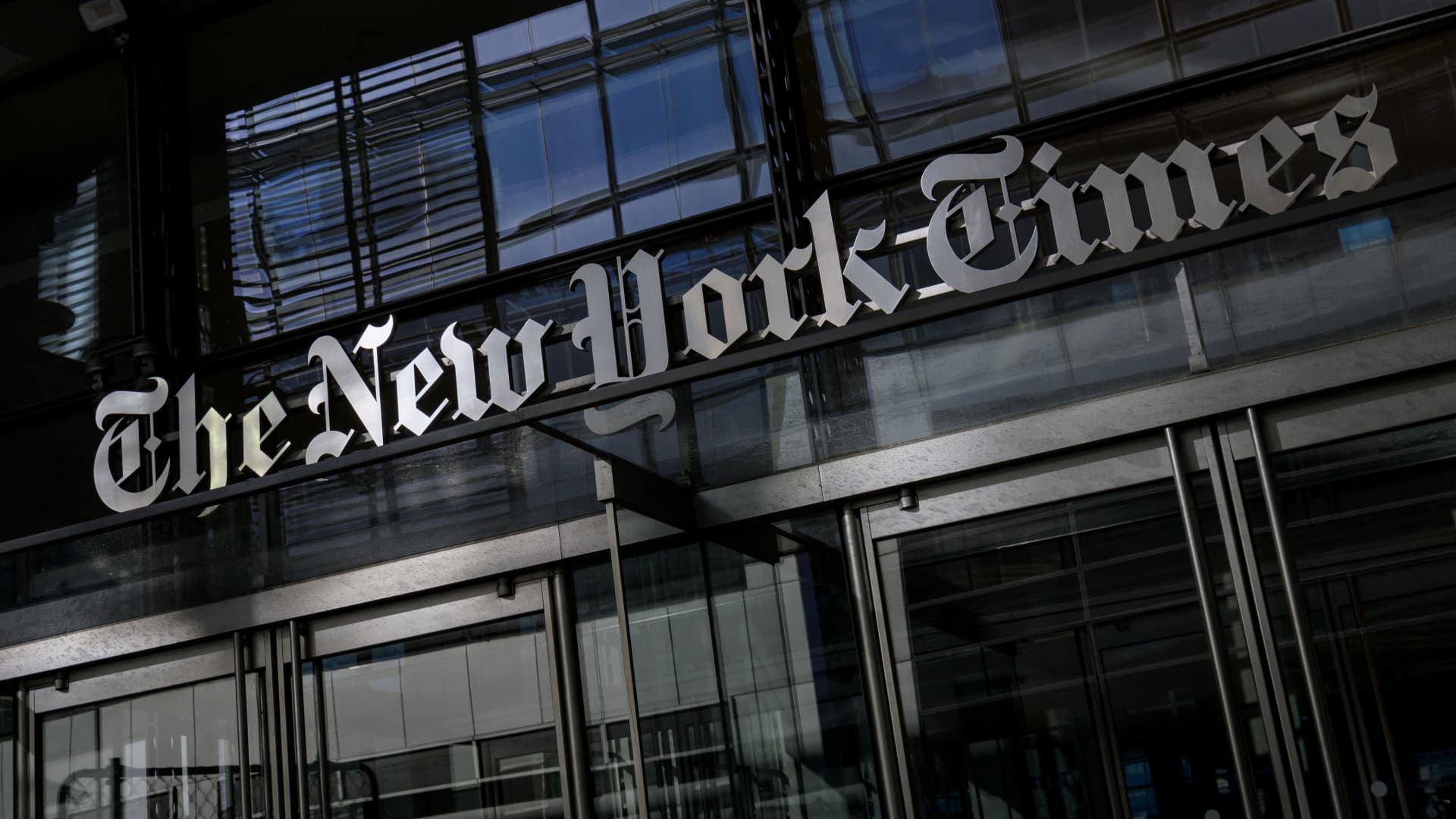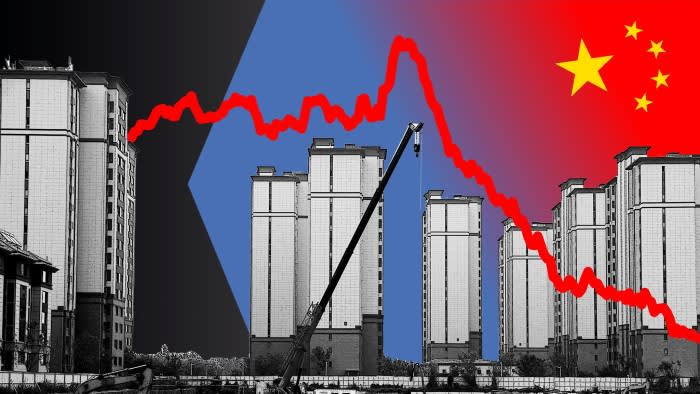- Arvind's Newsletter
- Posts
- Arvind’s Newsletter
Arvind’s Newsletter
Issue No #1014
1.Navi Mumbai international airport's commercial launch expected in Dec 2024
The outer structure of Navi Mumbai International Airport’s first terminal building is almost ready. Exactly behind the under-construction building, stands a partially demolished hill. Executives from the airport company are now hopeful the hill will be flattened by mid-January, paving the way for the first commercial take-off by December next year.
“We are ahead of schedule on the airfield, what is left is a small hill,” a spokesperson for Navi Mumbai International Airport Ltd (NMIAL) said, adding that the airfield, which consists of a runway, taxiway, apron and others, is 60 per cent complete and the runway is at 70 per cent.
The hill was to be demolished in a joint effort by MIAL, which is the concessionaire and Cidco (City and Industrial Development Corporation) for Navi Mumbai, which is the nodal authority for the project. “What is left is Cidco’s part of the demolition. We have worked around the earlier delays of the demolition and should be able to meet timelines,” said the spokesperson, who is hopeful the demolition would be completed by mid-January.
Aviation consultancy firm Capa India in November said the airport is facing delays and is likely to commence commercial operations in 2025 instead of 2024.
Spokespeople from NMIAL remain confident of meeting the December 2024 timeline to start commercial operations from this new airport, which is to cater to 20 million passengers in the initial phase. “I see no challenge to the timelines, provided there is no other pandemic-like situation,” a spokesperson added.
Even as the airport executives await the full demolition of the hill, work on other aspects has been set into motion. “We are already in talks with airlines to start operations from this airport,” the spokesperson said, “These are positive discussions with some asking us to start work on the second phase as well,” the spokesperson said.
There is another missing piece in the commencement of the airport’s operations – connectivity. The Mumbai Trans-harbour link, which connects the island city of Mumbai to the satellite city of Navi Mumbai, is expected to start operations next month. However, work on the Ulwe Coastal Road connecting MTHL further to the Navi Mumbai Airport is yet to commence. Spokespeople for the airport company clarified that delays in such infra projects will not hamper connectivity, but said it will not be “ideal.”
2.Housing affordability improves across key Indian property markets in 2023: Knight Frank report
The affordability of housing in India's major property markets has improved, thanks to a consistent rise in income levels and upgrading macro-economic indicators. Despite higher mortgage rates in the past one year, the affordability level, the income proportion needed to cover monthly instalments for an apartment, has witnessed a positive trend.
While marginally better than last year, home affordability across cities also significantly improved since the pre-pandemic year of 2019, showed a Knight Frank India analysis. An expected moderation in inflation and projected downward trend in interest rates should further improve home affordability in 2024.
Mumbai is the only city beyond the affordability threshold of 50%, a level exceeding which banks rarely underwrite a mortgage. The most expensive residential market of the country, has however seen an improvement of 2% in its affordability index measured at 51% in 2023 from 53% in 2022. Looking at the trend from the pre-pandemic period, the city has witnessed a significant improvement of 16% in its affordability levels from 67% in 2019.
Ahmedabad, Kolkata, and Pune have emerged as the most affordable residential markets in 2023.
3.India’s Infrastructure Push Is Key to Taking on China, reports Megha Mandavia for Wall Street Journal. Some excerpts
The coming few years will be a litmus test for India’s ambition to become a manufacturing hub rivaling China. A big question mark is how quickly it can build out the infrastructure it needs to really seize the opportunity. There have been signs of progress recently, but New Delhi’s cramped fiscal space means it needs to do more to entice private-sector investors, too.
India is experiencing a manufacturing renaissance of sorts led by Apple and its Taiwanese suppliers—after decades of failed efforts. As recently as the fiscal year ended in March 2018, India was a importer of smartphones to the tune of more than $2 billion. Last fiscal year, India was a net exporter of $11 billion worth. About half of that was Apple products, according to investment bank Macquarie.
Apple is blazing a trail for other manufacturers who may still be on the fence about an India-centered “China+1" supply-chain strategy. India’s creaky infrastructure, exemplified by pothole-ridden roads and accident-prone trains, has kept many away. New Delhi’s aggressive government-funded infrastructure upgrade plans may allay some of these anxieties.
Eventually, however, the private sector will have to pitch in, because India’s government debt is already quite high. The high-profile drama at infrastructure heavyweight Adani Group earlier in 2023 could also complicate matters—although the lack of fallout so far for bond investors helps.
India’s National Infrastructure Pipeline envisages 111 trillion rupees, equivalent to $1.33 trillion, of infrastructure capital expenditures from fiscal years 2020 to 2025. Energy, roads, urban infrastructure and railways account for the majority of the program. The pace of construction for national highways has increased sixfold compared with levels from 2002 to 2010, the average speed of freight trains has increased over 50% in the past two years, and wait time at ports has fallen by 80% since 2015, according to Macquarie. India’s road network has grown some 40% in length over the past decade to reach 6.3 million kilometers—the world’s third longest, according to consulting firm Gavekal..
Moreover, while India may want to further increase public investment in infrastructure, it may be tough to match China’s level. India’s public debt load stands at about 85% of GDP—second only to Brazil among the emerging economies. The International Monetary Fund warned last week that India’s government debt could exceed 100% of GDP in the medium term.
That gives the government limited fiscal space to expand spending indefinitely. The hope is that more government infrastructure dollars will help anchor private-sector investment too by removing key logistical bottlenecks and sharing financial risks—especially now that foreign manufacturing investment is pouring in. Gavekal says that if the private sector can deliver, India can probably sustain total annual capital spending growth of up to 10%.
Catching up with China doesn’t necessarily mean copying its playbook entirely. To meet its manufacturing ambitions, India must find its own path to upgrading its rotting infrastructure.
4.NYT v. OpenAI, Microsoft
The New York Times sued OpenAI and Microsoft for copyright infringement yesterday, opening a new front in the legal battle over the unauthorized use of published work to train artificial intelligence technologies.
The lawsuit contends that millions of Times articles were used to train automated chatbots, which now compete with the news outlet. The complaint cites several examples in which a chatbot provided users with near-verbatim excerpts from Times articles that would otherwise require a paid subscription to view.
It apparently follows an impasse in negotiations involving The Times, Microsoft and OpenAI. The Times is the first major U.S. media organisation to sue the companies, which made ChatGPT, over copyright issues associated with its written works.
Chatbots can generate answers that rely on journalism by The Times to answer questions about events or the news. The Times said that readers might be satisfied with the response and decline to visit The Times’s website, reducing web traffic and revenue.
The New York Times sued Microsoft and OpenAI yesterday for mass copyright infringement, estimating damages to be worth billions of dollars. The Times, the first major media company to file a lawsuit against Microsoft and OpenAI, accuses them of using its articles to train artificial intelligence chatbots without permission.
Large language models scrape information available online to help AI platforms generate images or human-like text. The Times said at least 16 million unique records of content from its publications were used in a dataset underpinning OpenAI's ChatGPT-3. The Times also said such platforms could reduce traffic to its site and decrease revenue from advertising and subscriptions. Among the examples in its filing the Times showed both ChatGPT and Microsoft's Browse With Bing reproduced nearly verbatim information from the Times (starting p. 29) and how ChatGPT can bypass its paywall when asked to do so (p. 33).
OpenAI also faces a similar lawsuits from novelists including George RR Martin and John Grisham.
5.Foreign investors unwind $33bn bet on China growth rebound
Almost 90% of the foreign investment that flowed into China’s stock market this year after pandemic-era restrictions were lifted has already left, reflecting global pessimism over the outlook of the world’s second-largest economy. The capital flight comes despite signs of a thaw in relations between Washington and Beijing, as well as a run of positive economic data in China, and a pause on interest rate hikes across much of the west. “It’s so counterintuitive… the general environment should be quite positive for Chinese stocks,” an analyst told the Financial Times. “Frankly there’s no reason for this other than investors basically giving up.”
Since peaking at Rmb235bn ($33bn) in August, net foreign investment in China-listed shares this year has dropped 87 per cent to just Rmb30.7bn, according to Financial Times calculations based on data from Hong Kong’s Stock Connect trading scheme.
Traders and analysts said the reversal reflected pessimism over the outlook for the world’s second-largest economy among global fund managers. International investors have been persistent net sellers since August, when missed bond payments by developer Country Garden revealed the severity of a liquidity crisis in the country’s property sector.
6.Global defence orders surge as geopolitical tensions mount, reported Financial Times
The order books of the world’s biggest defence companies are near record highs after growing by more than 10 per cent in just two years because of rising geopolitical tension, including the conflict in Ukraine.
An analysis by the Financial Times of 15 defence groups, including the largest US contractors, Britain’s BAE Systems and South Korea’s Hanwha Aerospace, found that at the end of 2022 — the latest for which full-year data is available — their combined order backlogs were $777.6bn, up from $701.2bn two years earlier.
The trend’s momentum continued into 2023. In the first six months of this year — the latest comprehensive quarterly data available — combined backlogs at these companies stood at $764bn, swelling their future pipeline of work as governments kept placing orders. The sustained spending has spurred investors’ interest in the sector. MSCI’s global benchmark for the industry’s stocks is up 25 per cent over the past 12 months. Europe’s Stoxx aerospace and defence stocks index has risen by more than 50 per cent over the same period.
The gains reflect conviction among investors that higher defence spending by governments is here to stay.
Total global military expenditure increased by 3.7 per cent in real terms in 2022 to a new high of $2,240bn, according to the Stockholm International Peace Research Institute.
Military expenditure in Europe had its steepest year-on-year increase in at least 30 years as governments in the region announced new orders for ammunition and tanks to replenish national stockpiles depleted by donations sent to Ukraine.
Hanwha Aerospace recorded the biggest rise in new orders, with its backlog soaring from $2.4bn in 2020 to $15.2bn at the end of 2022, according to the FT analysis.
The company, the country’s biggest arms producer, which makes the K-9 self-propelled howitzer tank, has benefited significantly from Ukraine-related orders, in particular from Poland.
South Korea has catapulted up the ranks of arms sellers over the past two years because of significant export orders, particularly from eastern European countries. It was the world’s ninth-largest seller of arms in 2022, up from 31st place in 2000, according to Sipri.




